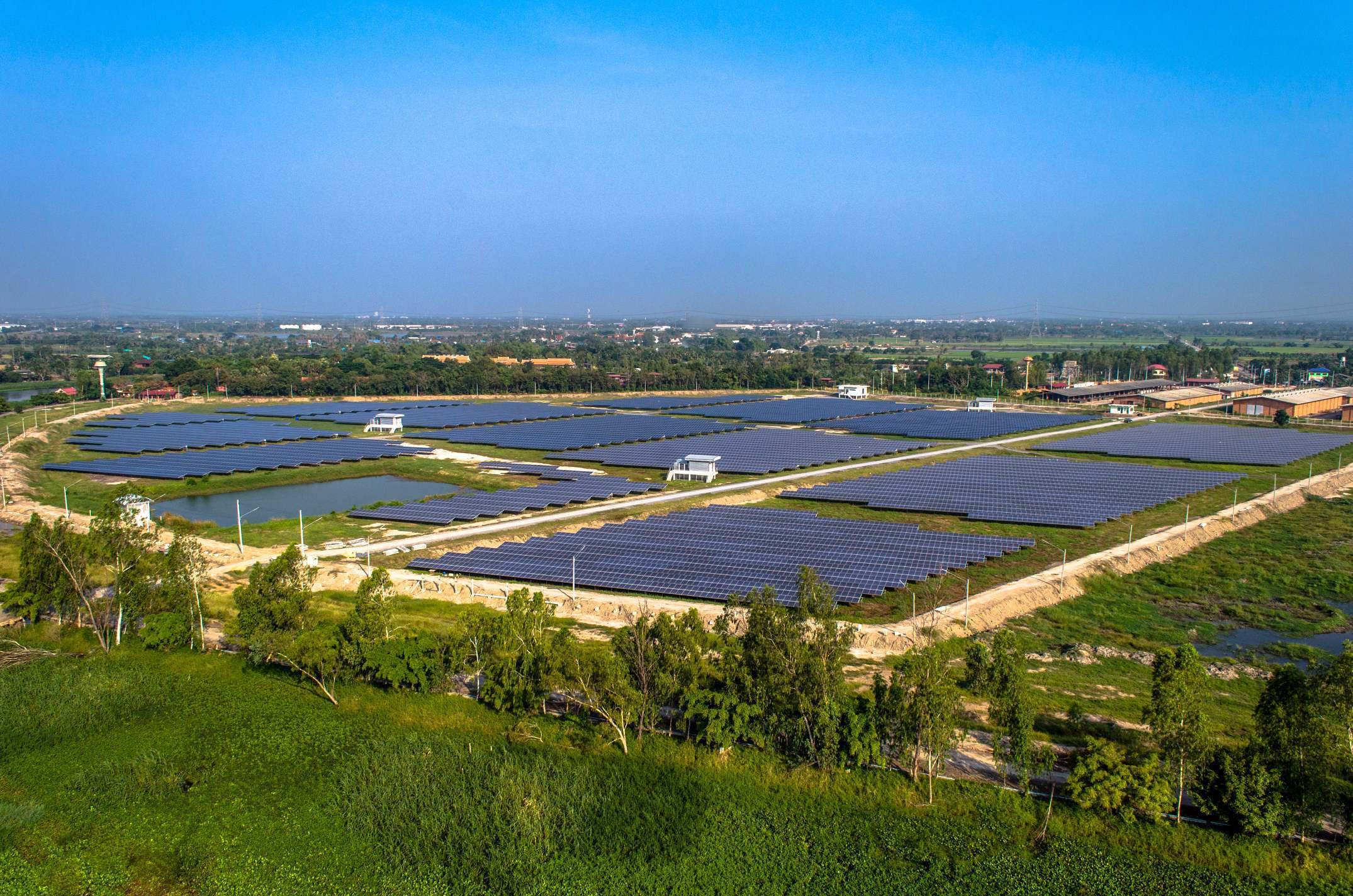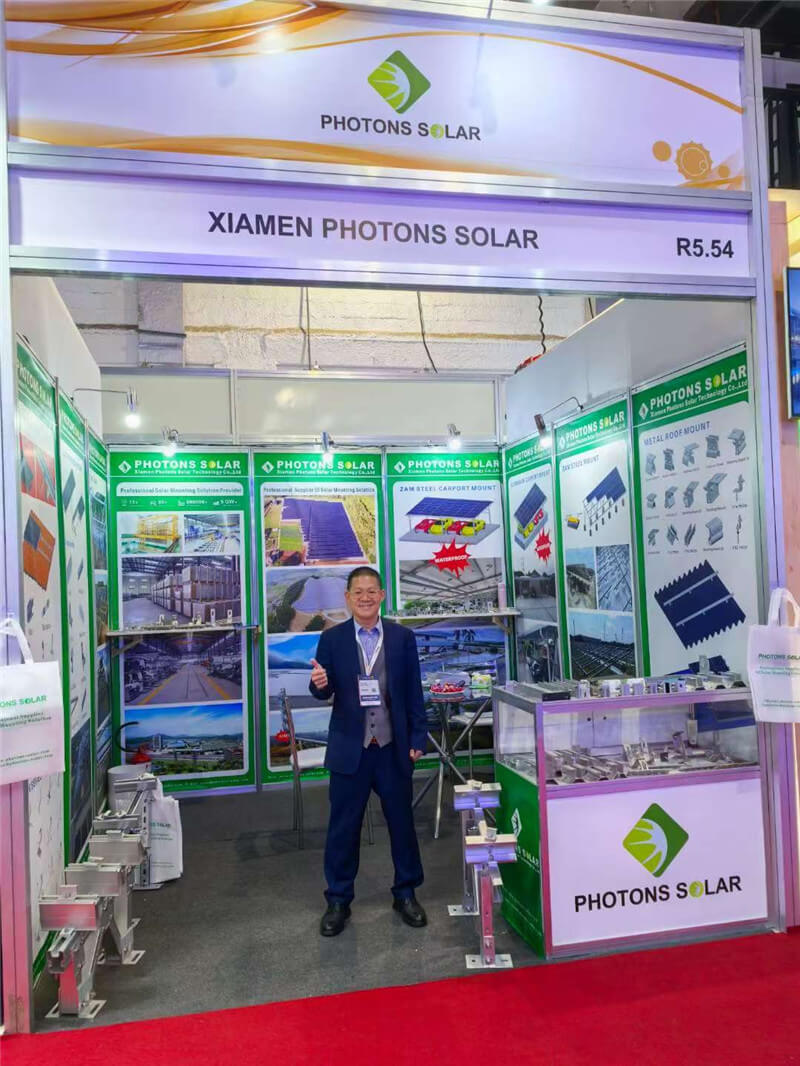Description of N-type mounting rack
Release time:
2022-10-12
Source:
N-type mounting system is a structure for ground mount in which the front leg, rear leg, and diagonal bracing are N-shaped when seen from the side view.

The detailed structure is:
(1) Connect one diagonal bracing with two legs to beam with a U-shaped connector.
(2) Fix the above finished component to ground screw with base fixing bracket.

The N-type components are pre-assembled for better delivery and easy installation at site.
As shown below

N-type racking system are widely used in solar plants. Not only because of the simple design, but also the stable strength . Since there is only one diagonal bracing for each column, the strength is higher than the frame without diagonal bracing, and its price is also very competitive.
Anodized (Average anodized film thickness >=12 um) AL6005-T5 material is the most commonly used material, Photons Solar designs and adopts special size and salt-resistant parts based on different project conditions. If the wind pressure resistance and snow resistance are excessive, the values can be increased by changing the dimensions of the parts.
structure for ground mount
Previous
Previous
Related News
2025-07-07 11:40
How a Reliable Solar PV Racking System Enhances Solar Panel Performance
How a Reliable Solar PV Racking System Enhances Solar Panel Performance Table of Contents 1. Introduction to Solar PV Racking Systems 2. Importance of Structural Integrity in Solar Racking 3. Types of Solar PV Racking Systems 3.1 Fixed Tilt Systems 3.2 Ground-Mounted Systems 3.3 Roof-Mounted Systems 3.4 Tracking Systems 4. Key Features of a Reliable Racking System 5. How Racking Systems Affect Sol
Contact Us
Tel:+86-592-6360715/ +86-592-6376228
Address:Unit A1, Room 1301, No. 2 Chengyi North Street, Software Park lll, TorchHigh-tech Zone, Xiamen, China












